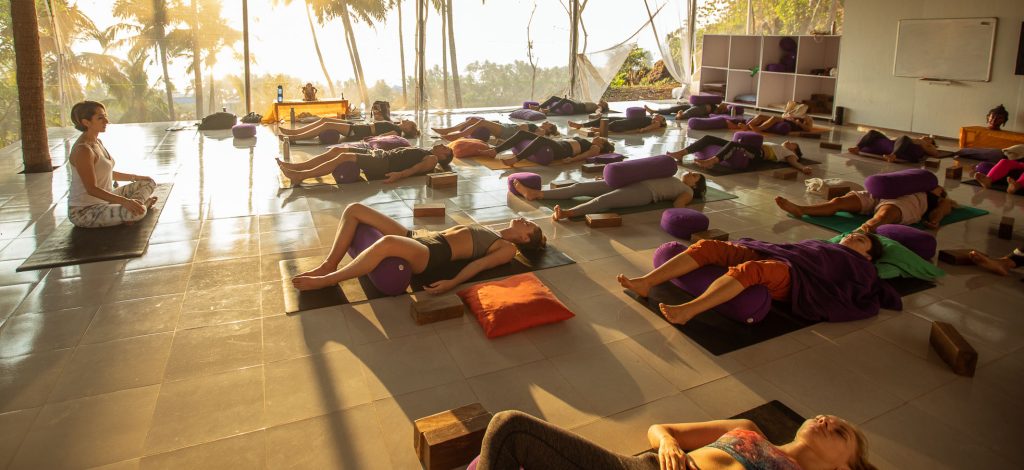The “Ugly” Truth of Yin Yoga
Yin Yoga, a popular style of yoga, is often misunderstood and has garnered a reputation for being a restorative and easy practice. However, the truth about Yin Yoga is that it can be a challenging and uncomfortable practice that brings to light many emotions and sensations. In this blog post, we will explore the “ugly” truth of Yin Yoga and why it is not as easy as it seems.

To start, let’s discuss the misconception that Yin Yoga is a restorative practice. While it is true that Yin Yoga involves holding poses for extended periods, typically between three to five minutes, it is not a restorative practice in the same sense as other forms of yoga like Restorative Yoga. Instead, Yin Yoga targets the deeper connective tissues in the body, such as the fascia, ligaments, and joints, rather than the muscles. This can result in an intense sensation that is not always comfortable. The goal of Yin Yoga is not to relax but to create space and stimulate the body’s natural healing processes.
Read more about the similarities and differences between Yin and Restorative Yoga
Another misconception about Yin Yoga is that it is an easy practice. Many teachers play music in Yin classes, which can create a soothing and relaxing atmosphere. However, holding poses for an extended period can be challenging, both physically and mentally. In Yin Yoga, students are encouraged to explore the sensations that arise in the body and mind, which can be uncomfortable and even painful. This can bring up emotions that students may not be prepared to deal with. As a result, Yin Yoga requires a level of mental and emotional strength that is not always present in other forms of yoga. For this reason, it’s important that everyone who wants to practice and/or teach Yin Yoga should take a specialized yoga teacher training course, such as the 50hr Yin YTTC we teach in Sampoorna Yoga Online Academy.
Finally, let’s address the idea that students should smile while practicing Yin Yoga. Many teachers encourage their students to smile during yoga classes, but in Yin Yoga, this is not necessary or even appropriate. Holding poses for extended periods can be intense and uncomfortable, and it is natural for students to experience a range of emotions and sensations. Smiling is not an indication that a student is enjoying the practice. Instead, teachers should encourage their students to focus on their breath and explore the sensations that arise, without judgment or expectation.

In conclusion, the truth about Yin Yoga is that it is not an easy or restorative practice, and it requires a level of mental and emotional strength that is not always present in other forms of yoga. It is important for students to approach Yin Yoga with an open mind and a willingness to explore their body and mind. By embracing the discomfort and exploring the sensations that arise, students can tap into the healing power of Yin Yoga and experience the many benefits that this practice has to offer.
Contact us if you are interested in learning more about the healing benefits of yin yoga or discovering how you can make it part of your lifestyle. At Sampoorna Yoga Online Academy, you will find specialized help focusing on your well-being, no matter where you are.


